Signed lower right.
Good condition, a slight lack of paint on the cello.
Mid-20th century giltwood and burlap frame.
Dimensions without frame : 46 X 38 cm.
Dimensions with frame : 61.5 X 53.5 cm.
Jean d'Esparbès spent his childhood in the Chateau de Fontainebleau, where his father, Georges d'Esparbès, was curator. He knew the masked parties that brought together Parisian high society as much as the actors and actresses of Montmartre.
Jean d'Esparbès expressed a desire to paint very early on and, still a teenager, he set up his studio in the Aumoniers pavilion. Thanks to his father, who was very attentive to his son's vocation, he met Pierre Bonnard in Antibes and visited Jean Renoir in his studio.
He did not participate in the First World War, because he was too young to be mobilized and continued his artistic training by taking courses in Decorative Arts. But the collapse of the society that had cradled his childhood marks him with a definitive melancholy and his subjects of inspiration and his palette reflect this.
He was always faithful to the Butte, successively setting up his studio on rue de Douai, rue Lepic and then rue Saint-Vincent. He sells his paintings in Montmartre cafes, He exhibits regularly at the Salon d'Automne and the Salon des Indépendants, of which he is a member.
Jean d'Esparbès has always felt preoccupied with the transcription of moods. He hardly ever paints landscapes, rarely still lifes, only the human, his thoughts, his feelings absorb him. He stages the great human emotions, he populates his canvases with characters drawn from myths and popular theater, ragged harlequins, strollers and beggars. He is one of the rare painters to endeavor to represent thought in motion: the chess player, the musician composing, the poet writing.
Jean D'Esparbès died in Montmartre in 1968
In 1972, the Salon des Indépendants devoted an exhibition to him in homage, and the Museum of Montamartre devoted a retrospective exhibition to him in 1988.


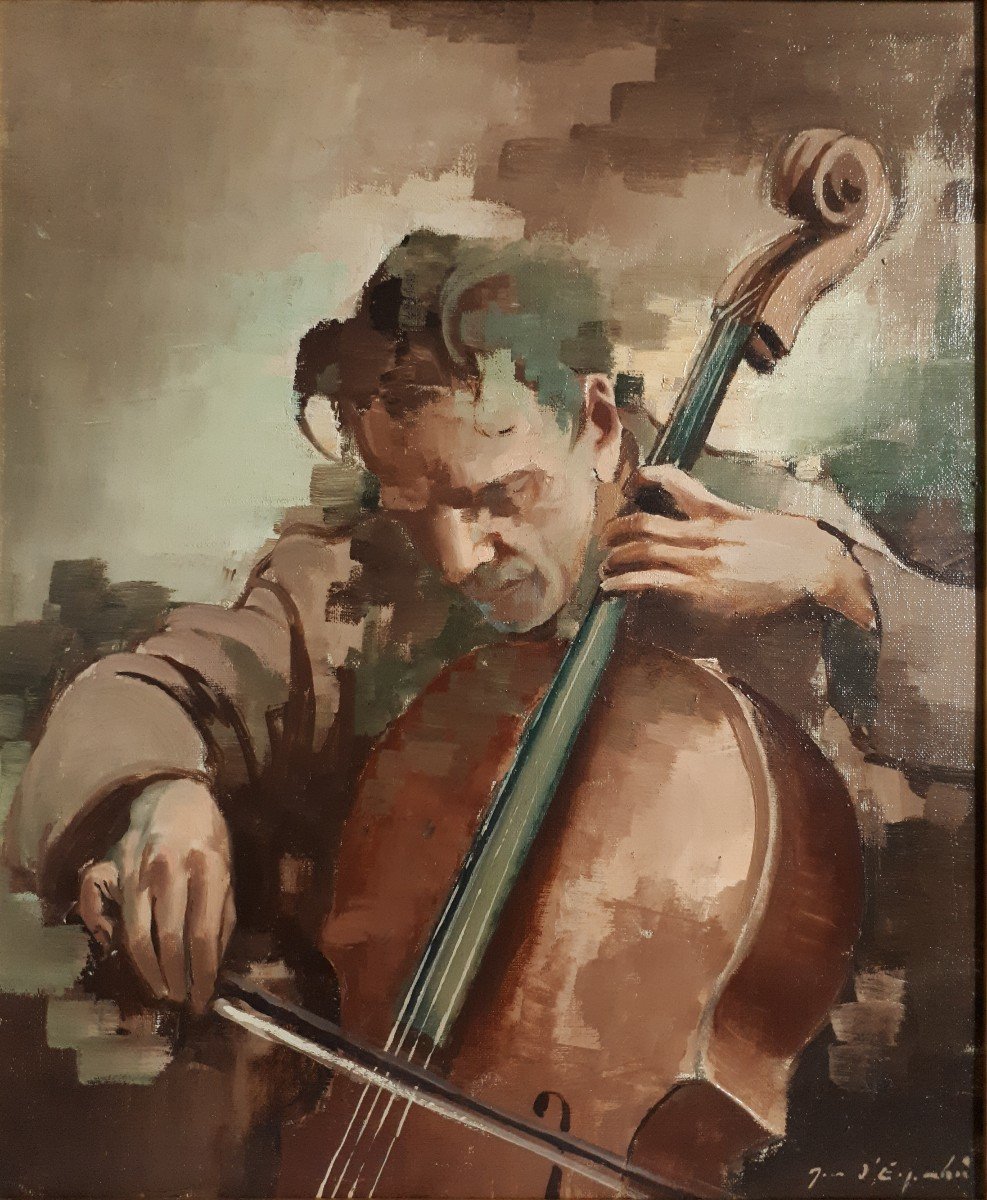
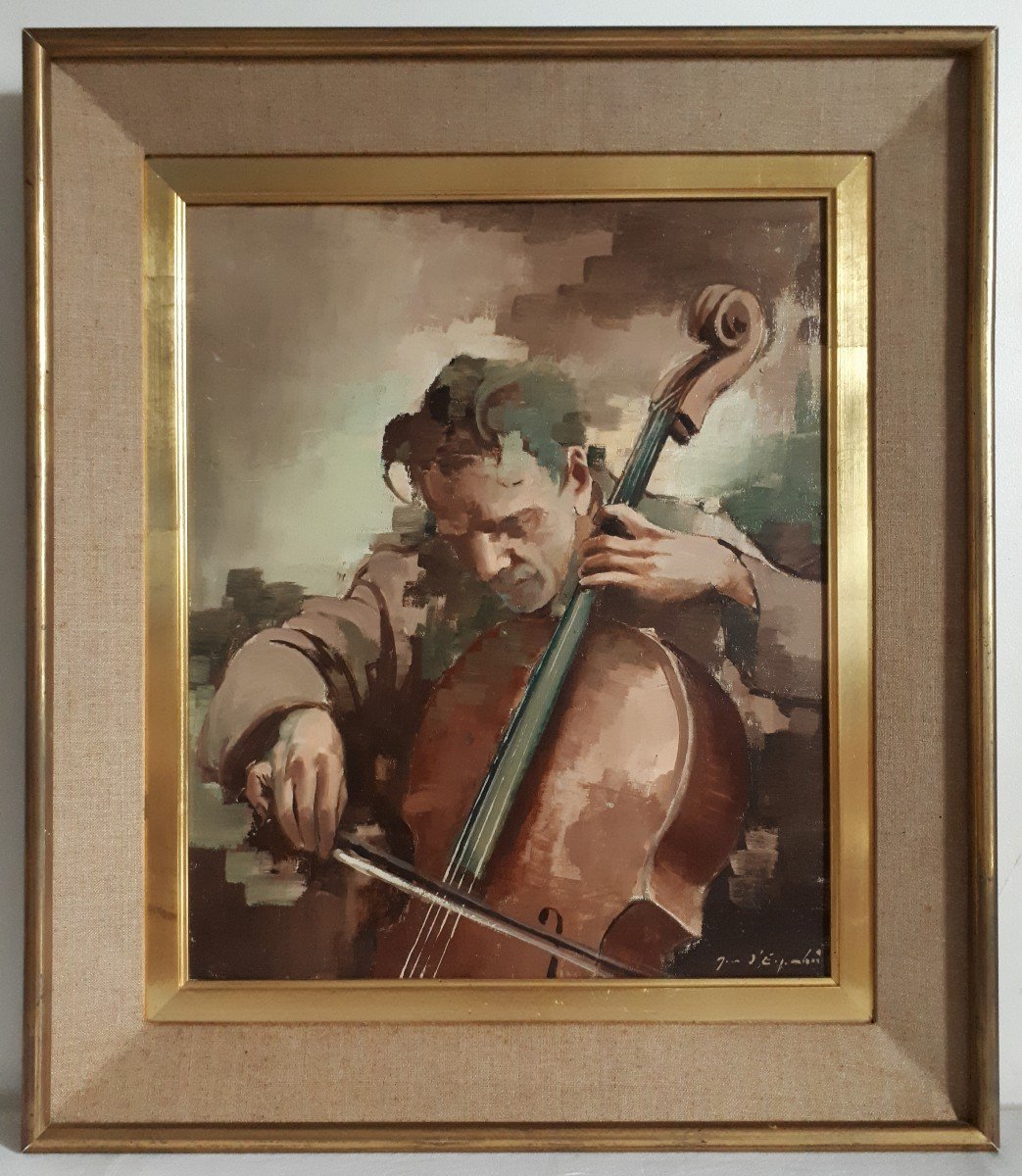
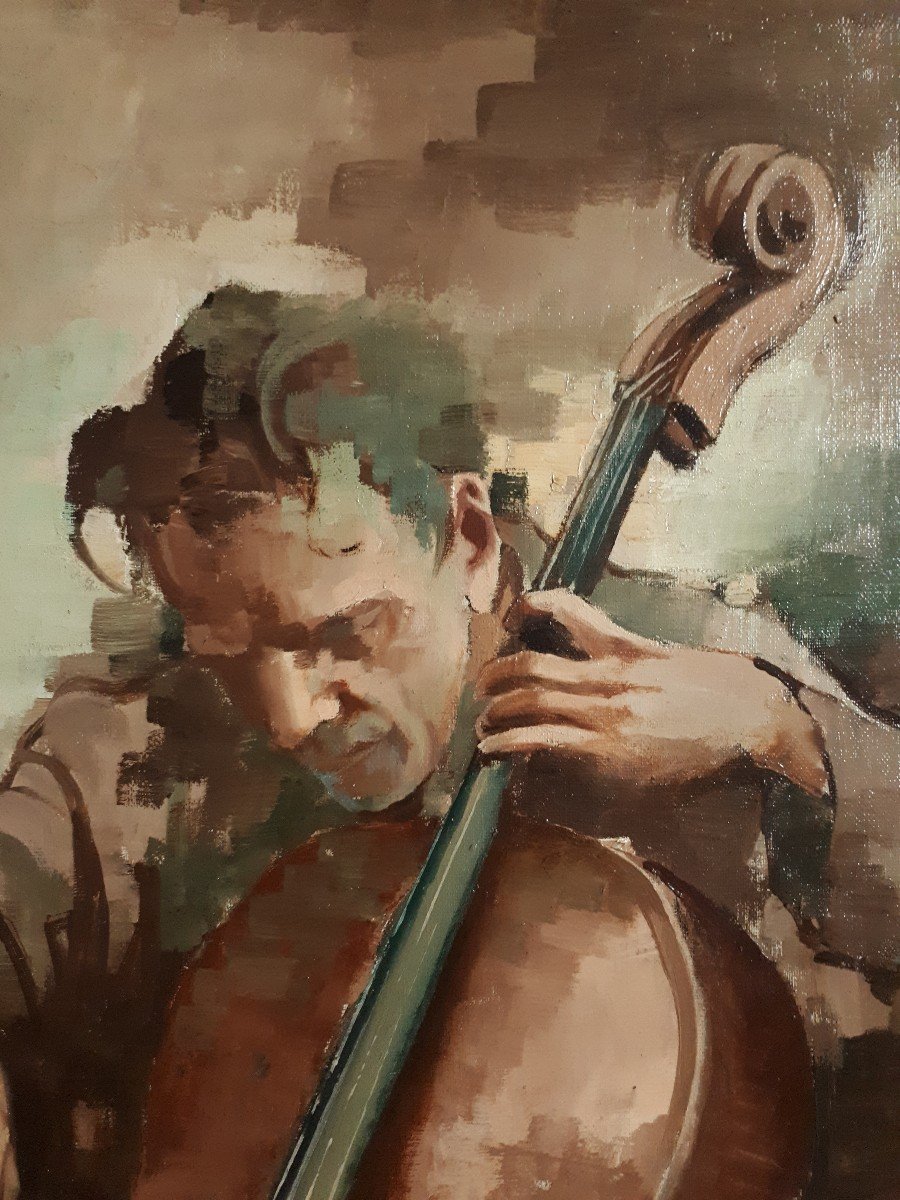
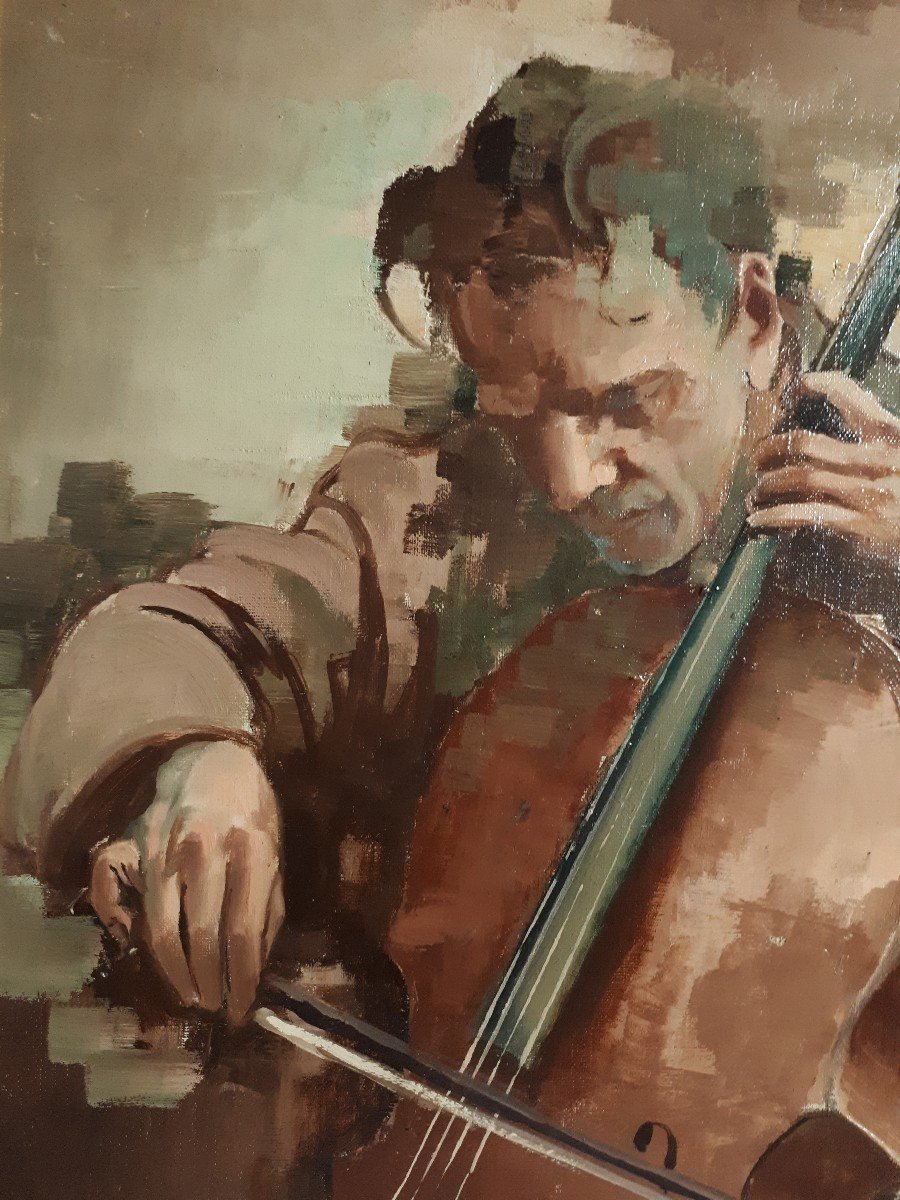
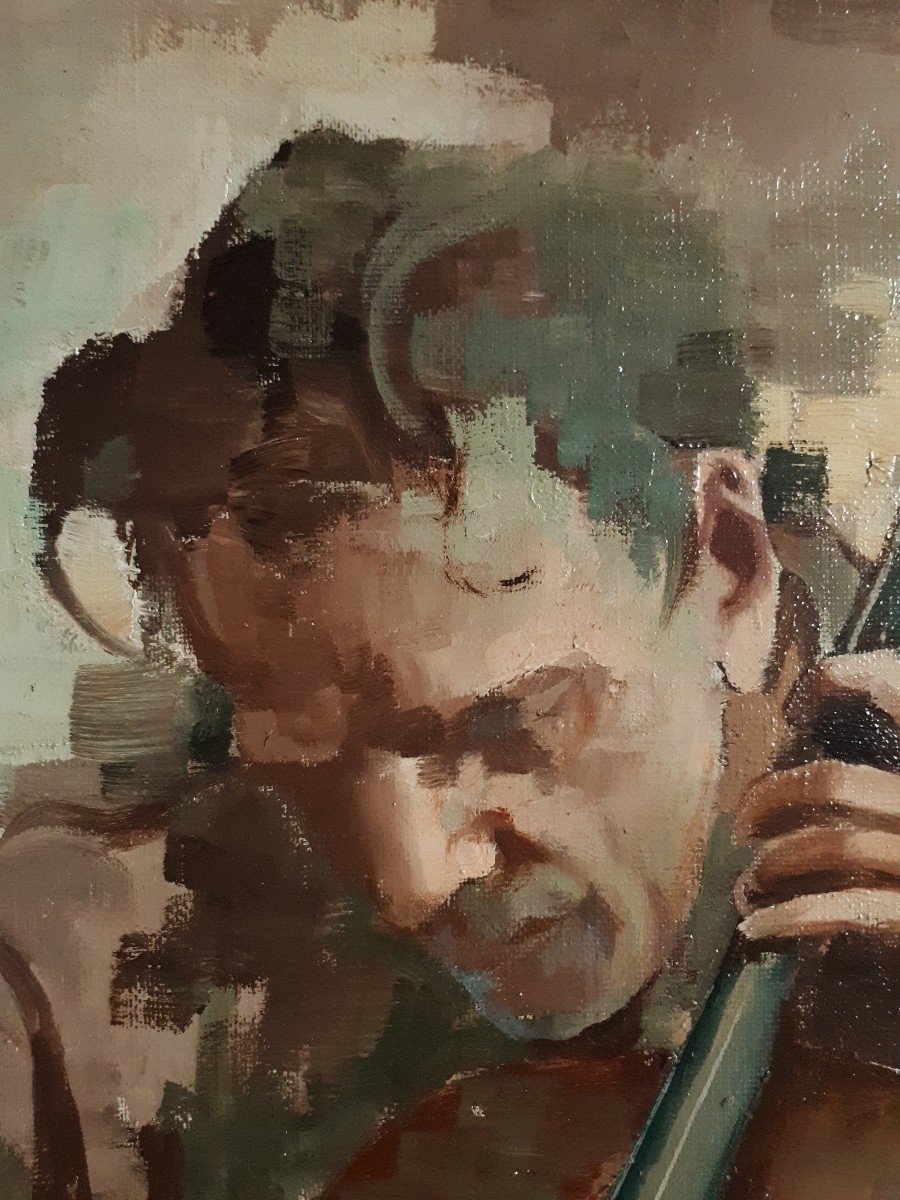

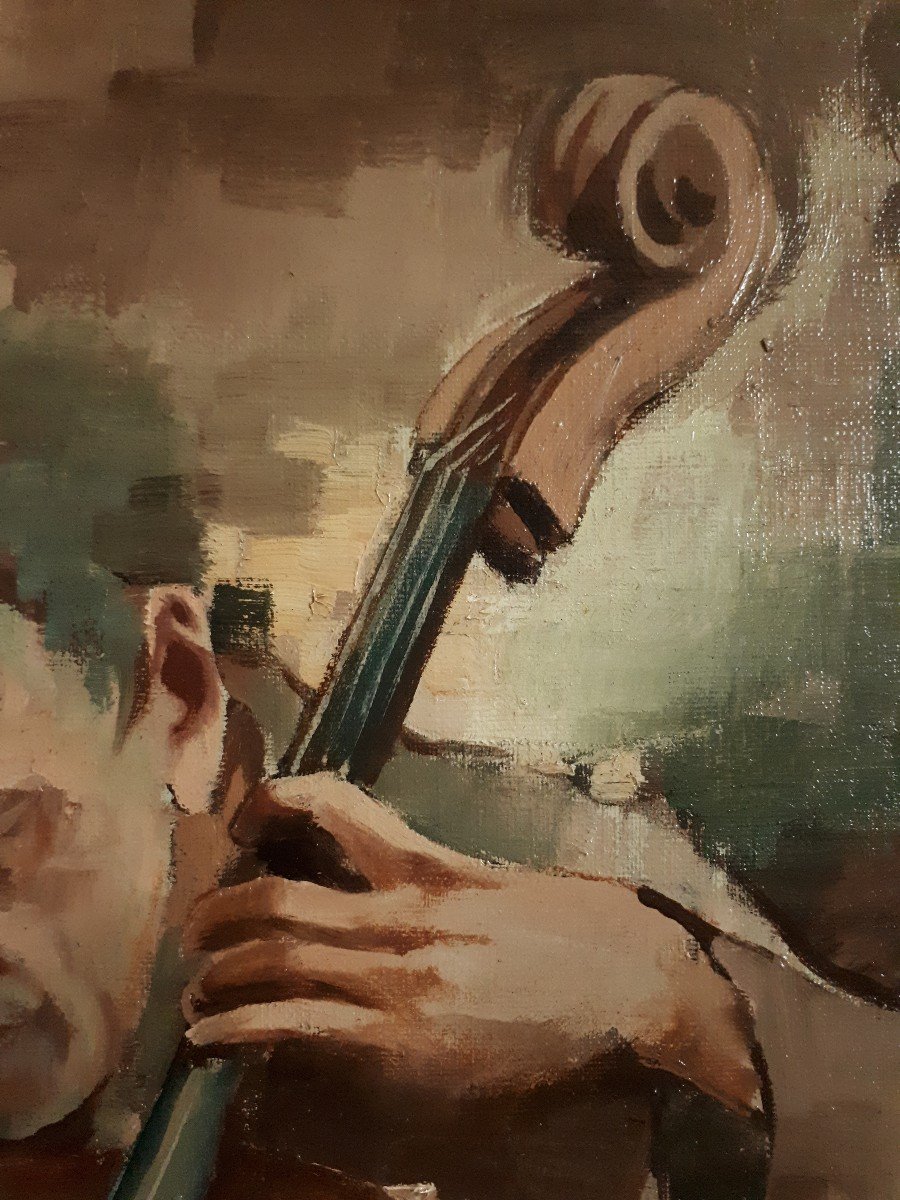
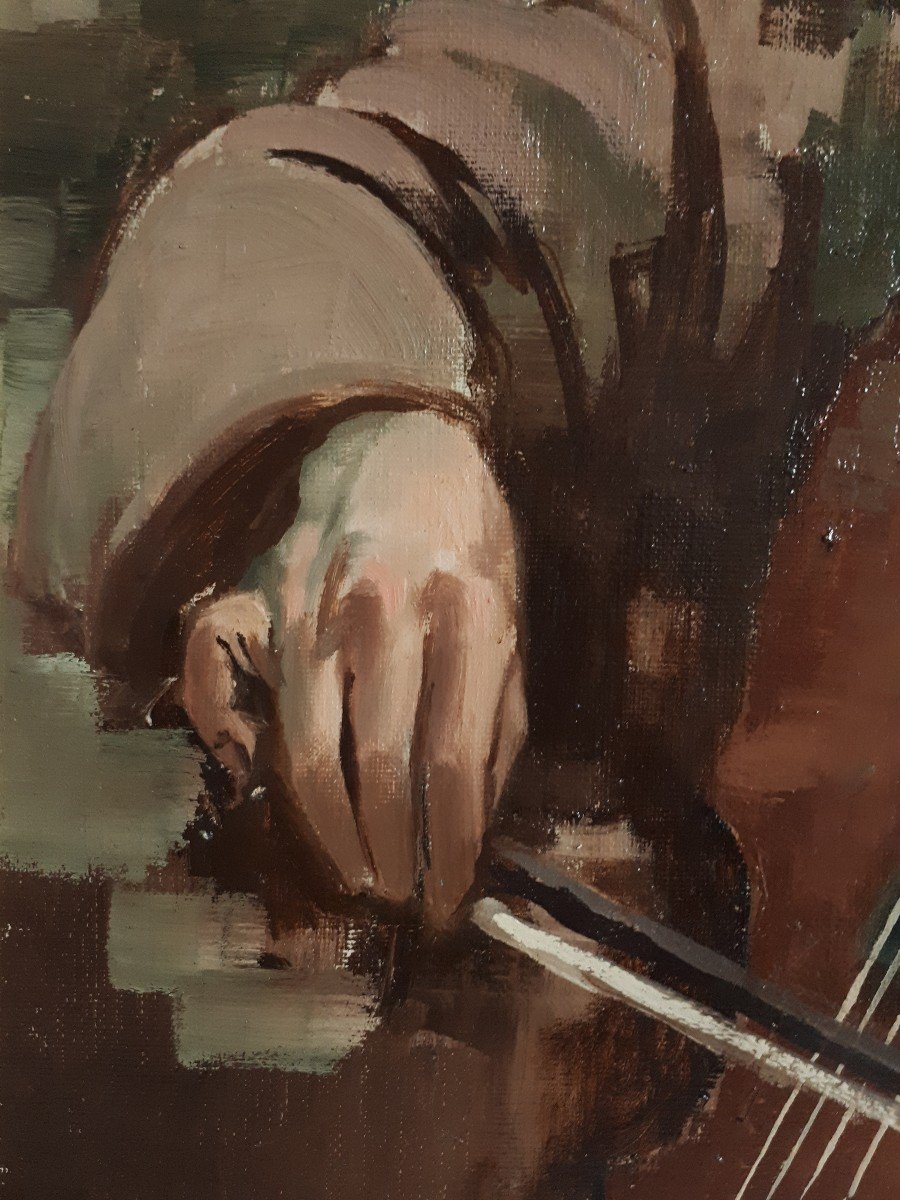
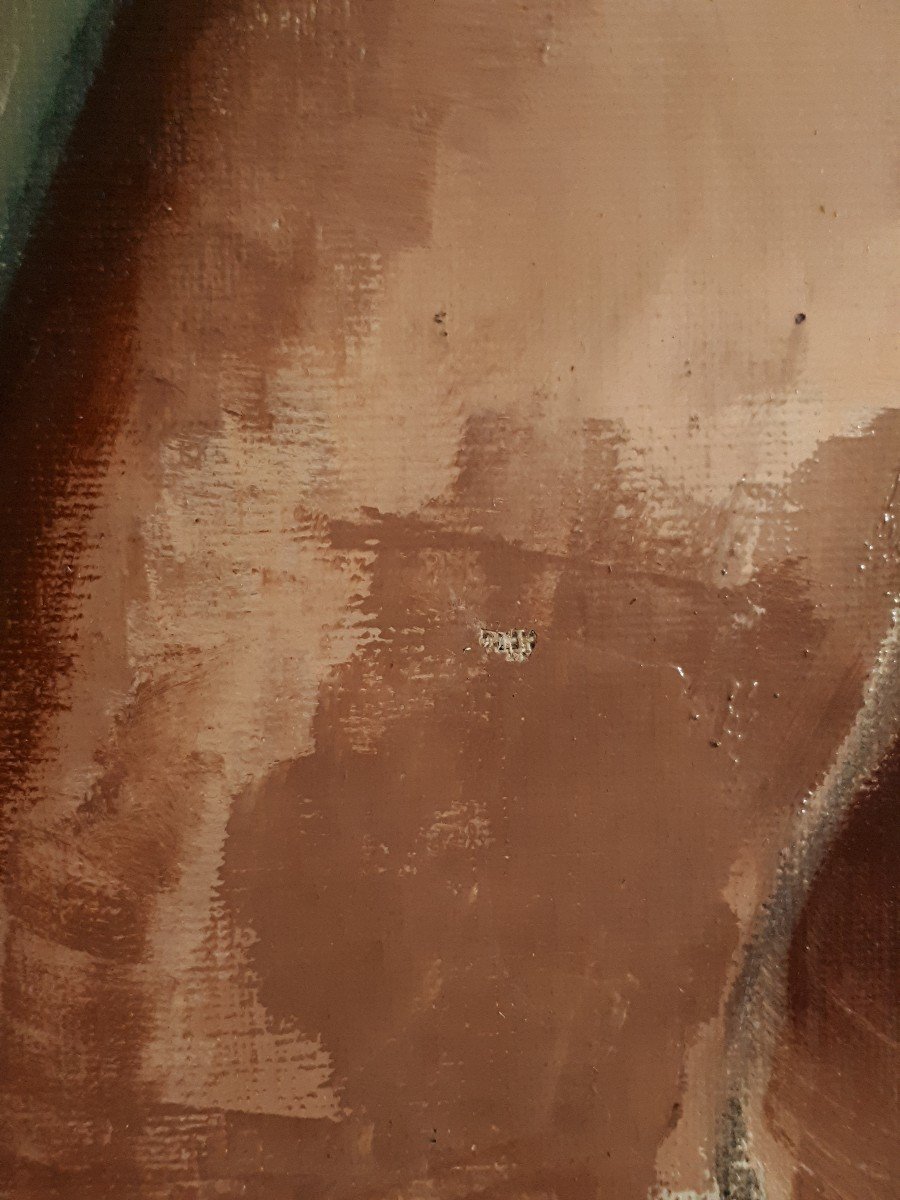

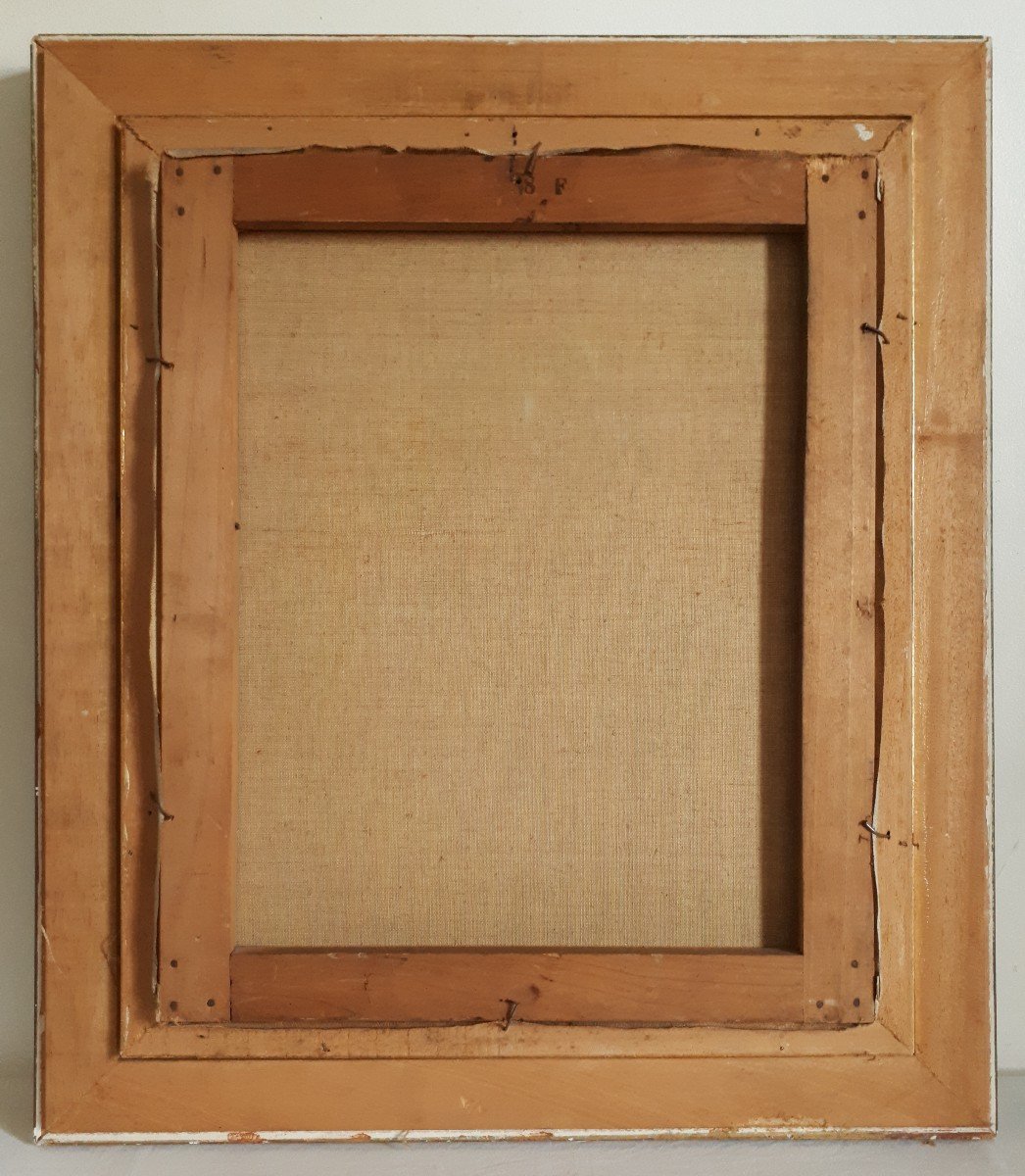
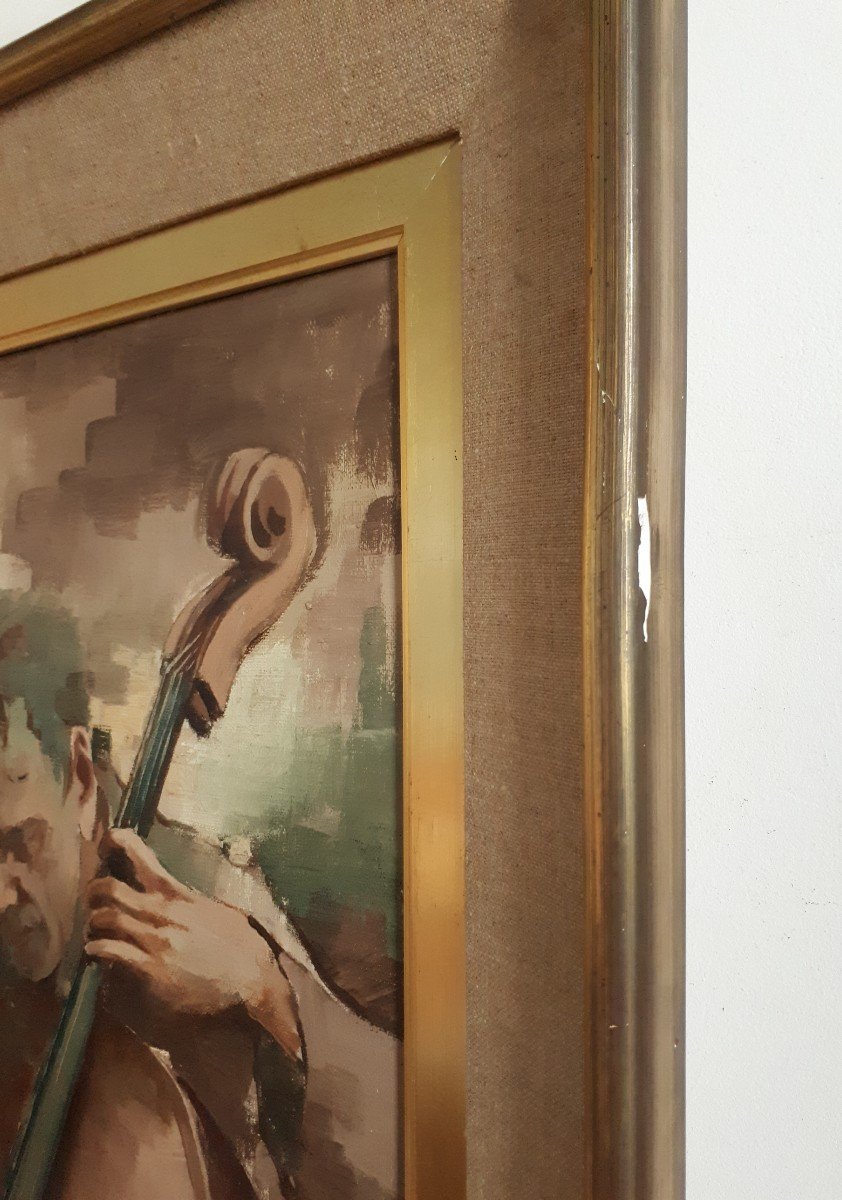













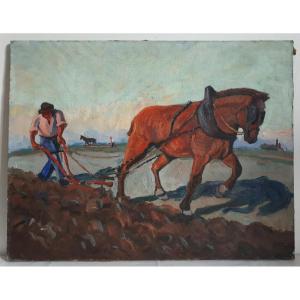
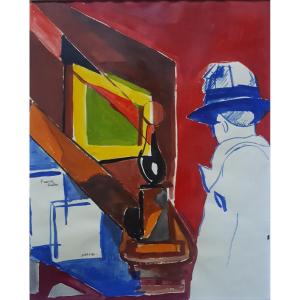
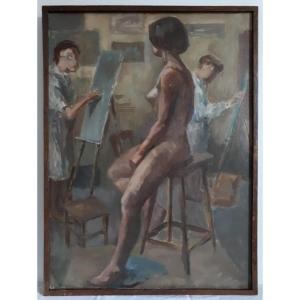


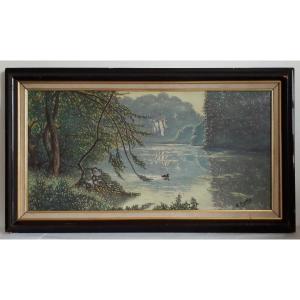
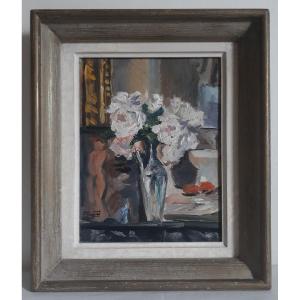

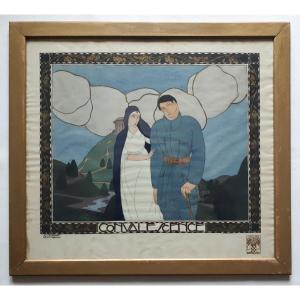
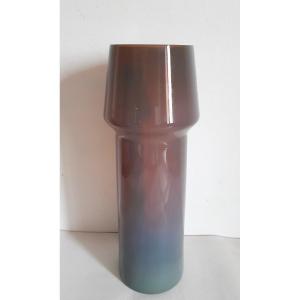
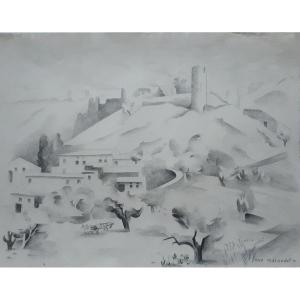
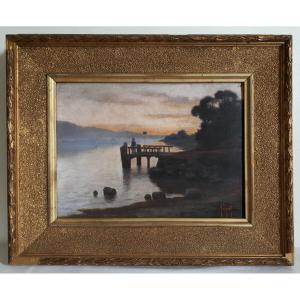
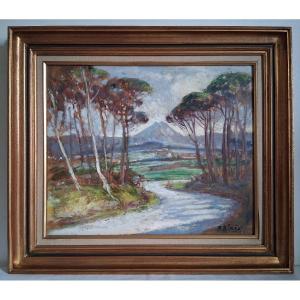
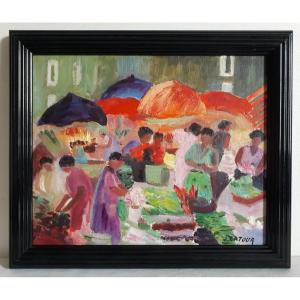
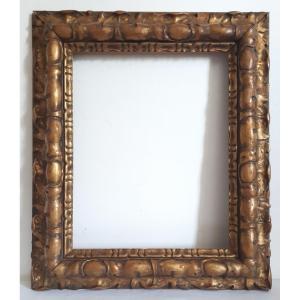


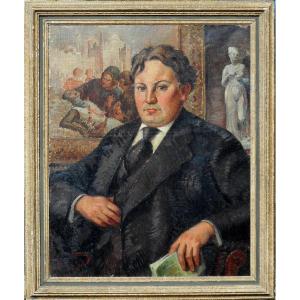





 Le Magazine de PROANTIC
Le Magazine de PROANTIC TRÉSORS Magazine
TRÉSORS Magazine Rivista Artiquariato
Rivista Artiquariato